| Navigation | |||
| Aegilops biuncialis VIS. |
| Fam.: Poaceae \ Süßgräser / Grass Fam.
|
| Synon.: Aegilops lorentii HOCHST., Triticum biunciale (VIS.) K.RICHT., Triticum lorentii (HOCHST.) ZEVEN |
| Gattung / Genus: Aegilops L., Triticum L. |
| Autoren / Authors: | |||
| Roberto de Visiani (1800 - 1878), italienischer Arzt + Botaniker, der hauptsächlich über die Flora von Dalmatien arbeitete / Italian physician + botanist who mainly worked on the flora of Dalmatia | |||
| Christian Ferdinand Friedrich Hochstetter (1787 - 1860), deutscher Pfarrer + Botaniker / German priest + botanist | |||
| Karl Richter (1855 - 1891), österreichischer Botaniker / Austrian botanist | |||
| Anton Cornelis Zeven (1933 - ), Botaniker aus den Niederlanden / botanist from Netherlands | |||
| Carl von Linné (Linnaeus, 1707 - 1777), schwedischer Naturforscher, der das binäre Benennungs-System für Pflanzen + Tiere einführte / Swedish naturalist who introduced the binary naming system for plants + animals | |||
| Etymologie / Etymology: | |||
| Aegilops: | griechischer Pflanzenname eines Grases / Greek plant name of a grass | ||
| biuncialis: | zwei Zoll (2 / 12 Fuß)lang / two inch (2 / 12 foot)long | ||
| lorentii: | Jacob August von Lorent (1813 - 1884), deutscher Fotograf + Naturforscher amerikanischer Herkunft / German photographer + naturalist of American origin | ||
| Triticum: | römischer Name des Weizens / Roman name of wheat | ||
Die Deckspelze von Aegilops biuncialis besitzt wie die von Aegilops neglecta nur zwei bis drei Grannen. Bei Aegilops biuncialis sind oberhalb der fruchtbaren Ährchen keine schmaleren unfruchtbaren Ährchen vorhanden, dies ist aber bei Aegilops neglecta der Fall. Eher gibt es bei Aegilops biuncialis unterhalb der fruchtbaren Ährchen noch ein zurückgebildetes Ährchen. Like that of Aegilops neglecta, the lemma (outer glume) of Aegilops biuncialis has only two to three awns. In Aegilops biuncialis there are no narrower sterile spikelets above the fertile spikelets, but this is the case in Aegilops neglecta. Rather, Aegilops biuncialis might have a regressed spikelet below the fertile spikelets. | ||
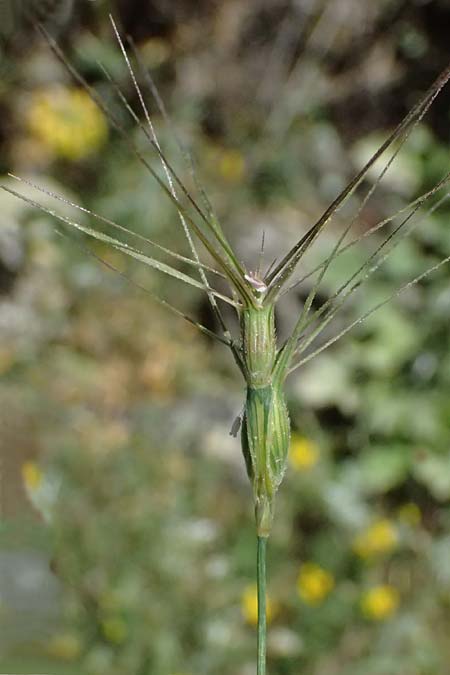 | ||
|
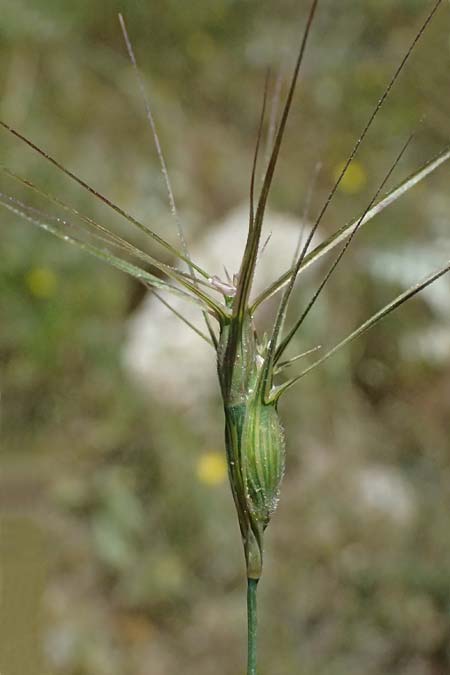 | ||
|
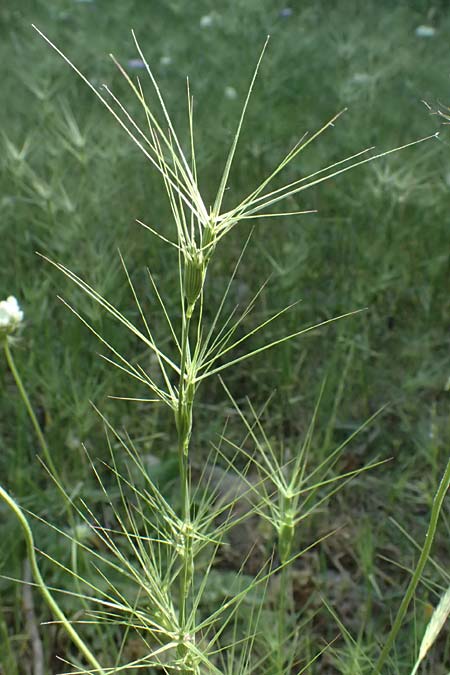 | ||
|
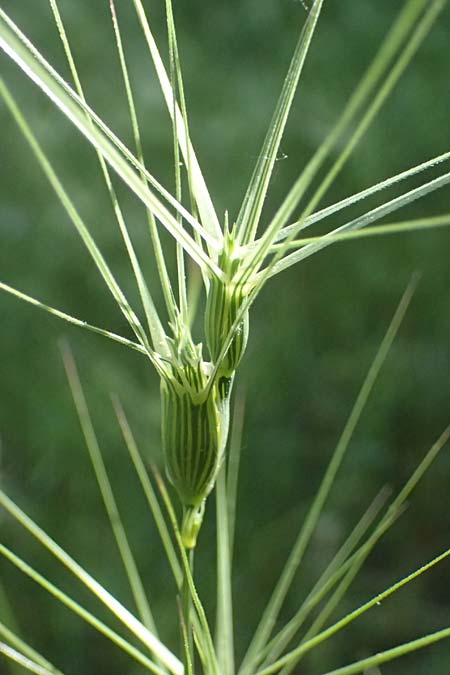 | ||
|
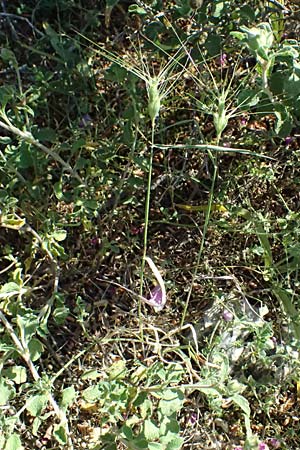 | ||
|
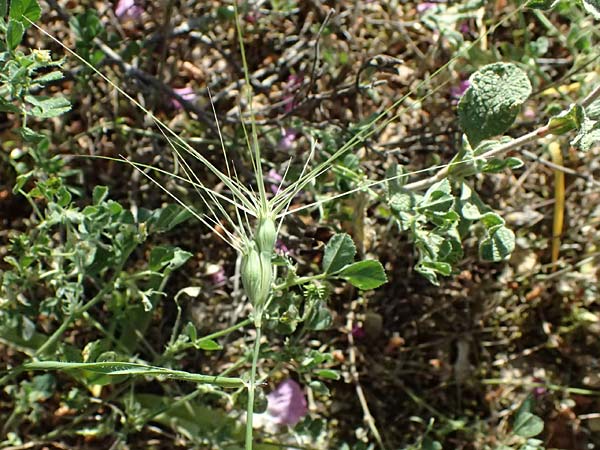 | ||
|
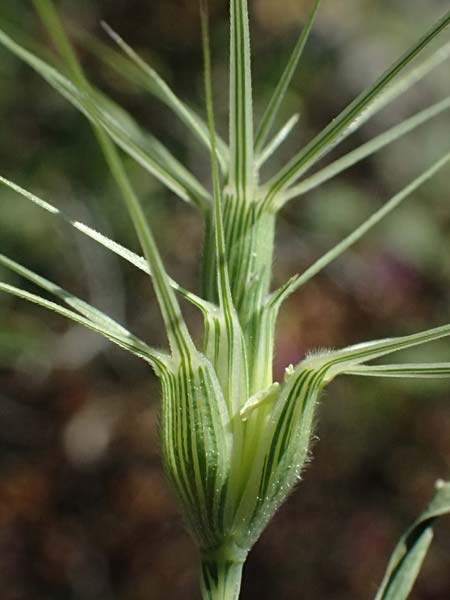 | ||
|
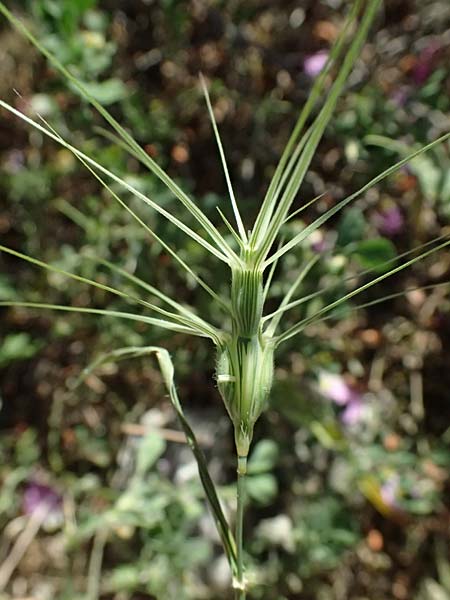 | ||
|
 | ||
|
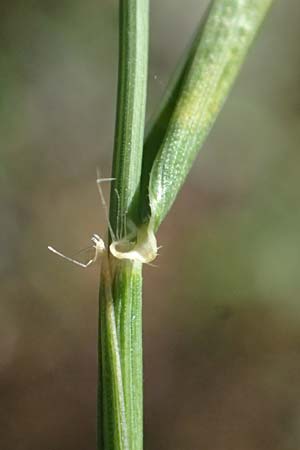 | ||
|
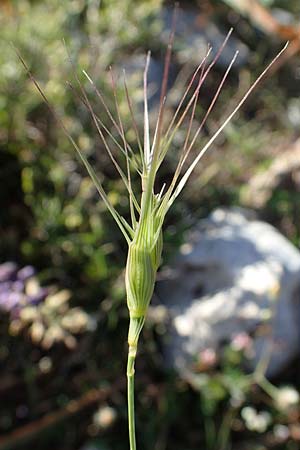 | ||
|
 | ||
|
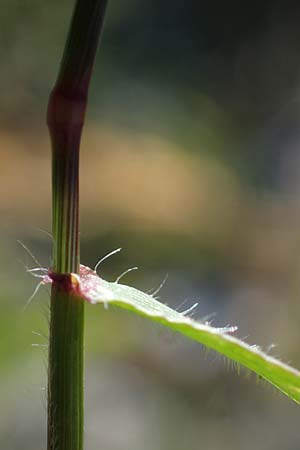 | ||
|
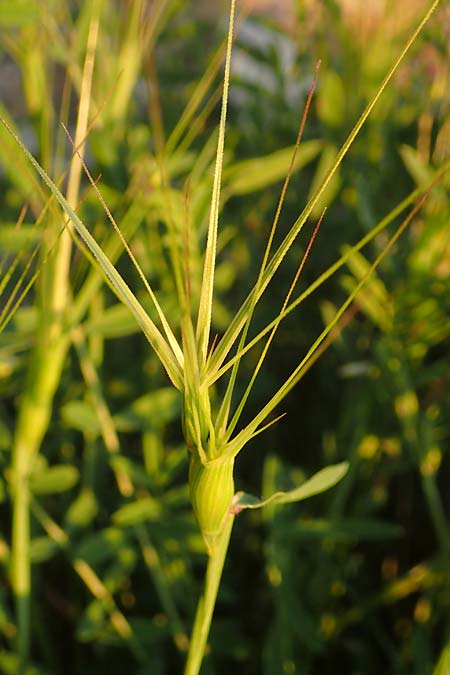 | ||
|
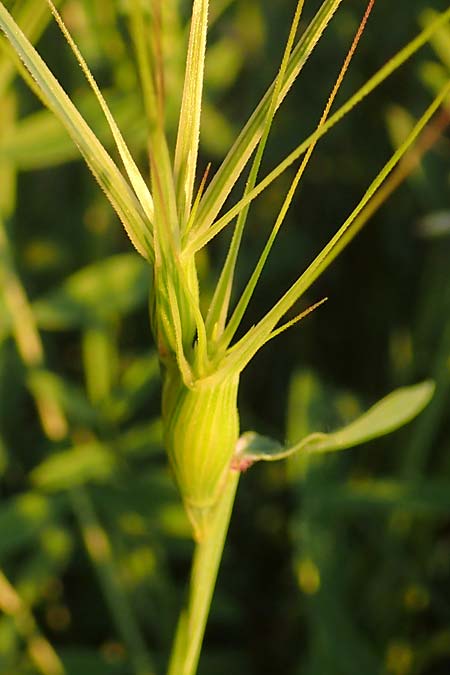 | ||
|
 | ||
|
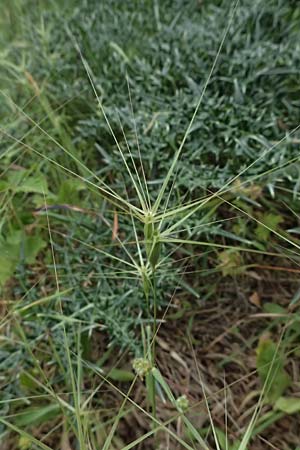 | ||
|
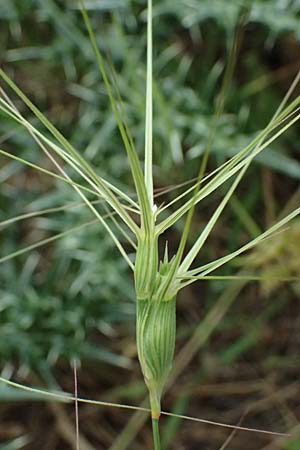 | ||
|
 | ||
|
|
Nach oben
To top |
|
Startseite
Start page |
|
Inhalt
Contents |
|
Orchideen
Orchids |
|
Andere Pflanzen
Other Plants |
|
Pflanzen nach Familien
Plants acc. to Families |
|
.. Verwandtschaft:
.. Relationship: |
|
APG
APG |
|
trad.
trad. |
|
.. wiss. Namen
.. Scientific Names |
|
.. deut. Namen
.. German Names |
|
.. engl. Namen
.. English Names |
|
.. Blütenfarben
.. Bloom Colors |
|
.. Blütenbau
.. Flower Anatomy |
|
.. Blattform
.. Leaf Form |
|
.. Regionen
.. Regions |
|
.. Aufn.-Monat
.. Photo Month |
|
.. Früchten + Samen
.. Fruits + Seed |
|
.. Wurzeln + Knollen
.. Roots + Bulbs |
|
Schädlingsbefall + Missbildungen
Pest Infestation + Deformations |
|
Bäume
Trees |
|
Sträucher
Bushes |
|
Wasser-Pfl.
Water Plants |
|
Kletter-/Schling-Pfl.
Climbers + Twiners |
|
Nutz-Pfl.
Useful Pl. |
|
Zier-Pflanzen
Ornamental Pl. |
|
Farb-Var.
Color Var. |
|
Mehrere Kriterien
Multiple Criteria |
|
Biotope + Gruppen
Biotopes + Groups |
|
Botan.Links
Botan.Links |
| Copyright: Verwendung der Bilder und Texte nur mit schriftlicher Genehmigung des Autors. |
| Copyright: Use of the images and texts only with the author's written permission. |